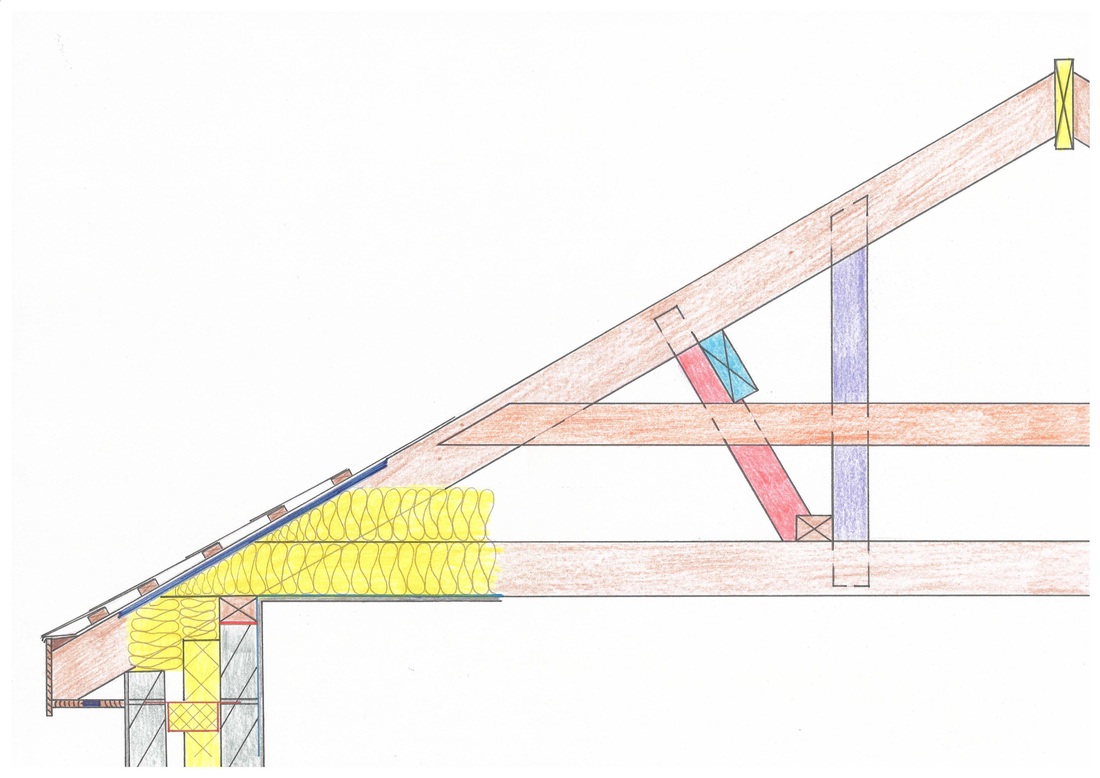Here the major advantages and disadvantages of the pitched roof are discussed.
Traditional cut roof advantages disadvantages.
Not only is the volume large enough to convert into living space but the structure can generally be easily.
Water tends to puddle and stay on the roof.
They span from the wallplate to the ridge board providing a platform for the underlay battens and tiles.
Many homeowners prefer the pitched roof because it gives off a more homey vibe that makes a residence feel more like a place to come home to rather than just a place to stay.
The traditional option is steeply pitched rarely less than 35.
Matterhorn metal roofing tile profile in the color weathered canyon.
The standing water can lead to the breakdown of roofing material or future leaks especially along the seams.
The timbers used to construct a truss are smaller in dimension and span greater distances.
On the downside timber is subject to rot or warp especially if exposed to the elements.
Flat roofs do not drain as efficiently as roofs with a pitch.
The roof is an essential part of a building.
Advantages of pitched roof.
However a metal roof does offer a longer lifespan.
Some metal roofs can sustain wind gusts up to 140 miles per hour will not corrode or crack and may be impact resistant depending on which metal you choose.
The pitched roof system is a type of roof which is used used in many cases.
Wood attracts insect invaders such as termites and is more likely to suffer damage during violent weather or high winds.
While they are not nearly as costly as wood shakes high end tile or slate metal roofs do have a higher up front cost compared to most asphalt shingles.
Draining or rather lack of it is the biggest disadvantage.
Traditional asphalt roofing materials have an estimated life expectancy of roughly 12 20 years.
Traditional or cut roof.
Advantages of a pitched roof one advantage of a pitched roof is its traditional aesthetic.
This reflects the weatherproofing requirements of older roofing materials like thatch and peg tiles.
Disadvantages of metal roofing.
The overall construction of a traditional cut roof is to ensure that the load of the roof is evenly transmitted to the walls below.
The traditional way of supporting a roof is by has been rafters also known as stick framing cut built and installed on site by an expert carpenter.
The finished structure is readily adaptable.
Types of roofs advantages and disadvantages of each november 7 2017 1 57 am from natural materials like slate and wood to artificial products such as asphalt sheet metal and plastic polymers there are various types and styles of toppings to choose from.

